1 Introduction
Most governments are giving great importance to the development and utilization of renewable energy worldwide.By 2016,173 countries set renewable energy development goals,and 146 countries adopted a variety of supportive policies.Likewise,cities,communities,and businesses are pioneering the rapidly growing 100% Renewable Energy initiative,which is playing a crucial role in driving the global energy transformation.Other factors also promote the development of renewable energy,such as financing incentives,energy security attention,environmental concern,and the growing demand for modern energy services in developing countries and emerging markets.
Also in 2016,renewable power generation (excluding hydropower)increased by 14.1%,creating the largest increase record (53 million metric tons of oil equivalent).More than half of the renewable energy growth is driven by the adoption of wind energy,and although solar energy accounts for only 18% of the available renewable energy,it contributes with about one-third of this growth.As the largest market and producer of renewable energy in the world,photovoltaics and wind power in China have maintained a steady growth in recent years under the support of national policies.Renewable energy in China is mainly developed under the centralized mode.However,deficiencies of power grid and transmission channel construction and curtailment of wind,photovoltaic,and hydro power have limited the development rate of renewable energy[1,2].Therefore,it is necessary to analyze the experience of renewable energy development in developed countries and determine the main characteristics of distributed and centralized generation to create reference and guidance for the selection of the most appropriate renewable energy development mode in China.We also provide a detailed analysis of the renewable generation modes adopted in Germany to offer a more comprehensive perspective on its development.
2 Characteristics of distributed renewable energy development
Based on the definitions of distributed generation from 18 representative countries and organizations (Table A1),we can highlight three basic characteristics of distributed power sources:
(1)VDG≤ 35 kV:distributed generation is connected to the medium- and low-voltage distribution network[3].As the definition of low-voltage distribution network differs among countries,the access voltage levels of distributed power are also slightly different.In fact,from the 18 countries and organizations considered in this study,the access voltage level in 8 of them is below 10 kV,in 7 is 35 kV,and in 3 is either 110 or 66 kV.More specifically,distributed generation is limited for connection to the medium-/low-voltage distribution network in Germany,France,and Australia,where this voltage level is below 30 kV,whereas the United Kingdom allows distributed generation connected to the 66 kV voltage level,which is a medium voltage in this country.
(2)CDG≤ 10 MW:the capacity of distributed generation is below 10 MW[4].From the 18 countries and organizations,the allowed capacity of distributed generation in 13 of them is below 10 MW,in 3 is tens of megawatts,and in 2 reaches up to 100 MW.The United States,France,Denmark,Belgium,and other countries limit the allowed capacity of distributed generation to approximately 10 MW,whereas Sweden limits it to only 1.5 MW and New Zealand to 5 MW.The United Kingdom allows connection of distributed generation at higher voltage levels and capacity up to 100 MW.In practice,however,the proportion of distributed generation connected to the 66 kV voltage level is reduced.
(3)CDG/Pload≤ 1:the generated renewable energy should be below the demand[5,6].This is the most essential feature of distributed generation,imposingCDG≤Pload,i.e.,renewable generation should adapt to local demand for guaranteeing energy dissipation from the sources that are closer to the users.Chinese national definitions also consider this characteristic.
3 Quantitative analysis of renewable energy development modes
In this study,we used the matter-element extension model that merges matter-element theory and extension set theory in a unified framework.The level of one factor can be determined through established classical fields,controlled fields,evaluation levels,and correlation functions of each level.The basic steps of matter-element evaluation are as follows.First,the evaluated object is divided intojlevels with level ranges determined from databases or by experts.Second,an index weight is determined by a subjective method and an objective method based on the analytical hierarchy process entropy.Finally,the index values are substituted into level collections to calculate the improved correlation degree and determine the level of matter element,which corresponds to the level of maximum correlation.
The matter element is the logical unit of the matterelement extension model and represented by ordered tripleR= (P,C,V),whereP,C,andVrepresent the name,characteristics,and value of the evaluated object,respectively.The procedure of the improved matter-element extension model is defined as follows.
(1)Determination of classical domain,controlled field,and matter element of the evaluated object.
Let the classical domain matter element be

wherePjrepresents thej-th grade,c1,c2,…,cnare thendifferent characteristics ofPj,andv1j,v2j,…,vnjare the ranges ofPjoverc1,c2,…,cn,respectively,defining the classical field.
Let the controlled field matter element be

wherePrepresents all the grades of the evaluated object andvp1,vp2,…,vpnare the ranges ofPoverc1,c2,…,cn,respectively,defining the controlled field ofP.

Let the matter element representing the evaluated object be whereP0represents all the grades of the evaluated object,andv1,v2,…,vnare actual data ofP0aboutc1,c2,…,cn,respectively.
(2)Normalization.
When the value of an index exceeds the controlled field,the correlation function cannot be calculated as the denominator is zero.In this case,the matter-element and extension model cannot be used to evaluate the performance of energy saving and emission reduction.Therefore,the classical domain and matter-element evaluation should be normalized.
Classical domainRjis normalized as
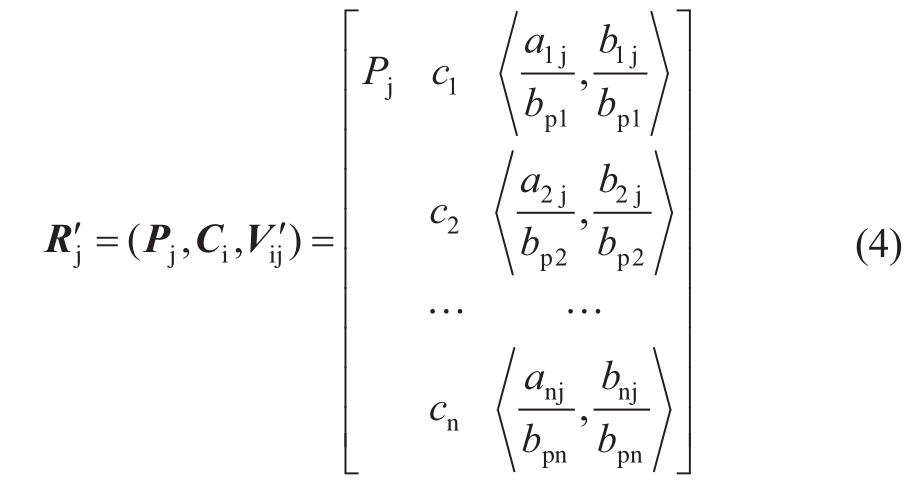
and matter-element evaluationR0is normalized as
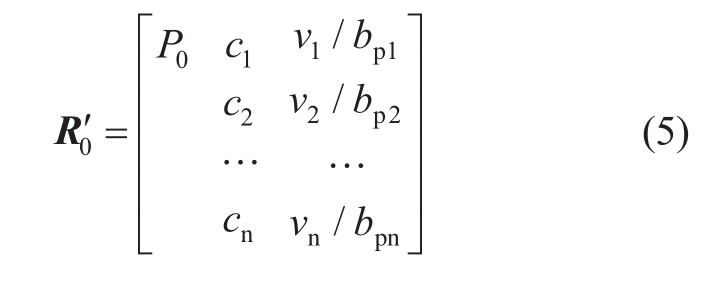
(3)Weight determination.
The index weight is determined by a subjective method and an objective method based on the analytical hierarchy process.
(4)Correlation function determination.
The correlation of each index per level is represented byDij,which represents the distance fromR0to the normalized classical field:

The comprehensive correlation function of the traditional matter-element extension model is![]() Suppose
Suppose![]() evaluated matter elementP0belongs to thej-th level.
evaluated matter elementP0belongs to thej-th level.
The level of an object is obtained by calculating the correlation function in the traditional model.Algorithmically,the correlation can be regarded as an extension of the membership degree in fuzzy logic,and hence the correlation degree principle is equivalent to the maximum membership principle.In some cases,however,the maximum membership principle does not reflect the ambiguity of the object boundary,and information loss will lead to deviated results.In this study,we consider both the closeness degree and maximum degree of membership criteria to determine
Then,an improved correlation function is given by
wherenrepresents the value of the closeness function,Drepresents the distance,andwiis its weight.
The improved closeness function on each index of the evaluated matter element per level is calculated as equation 8.
(5)Rating.
Let![]() and evaluated matter elementP0belong to thej-th level.Then,
and evaluated matter elementP0belong to thej-th level.Then,

and
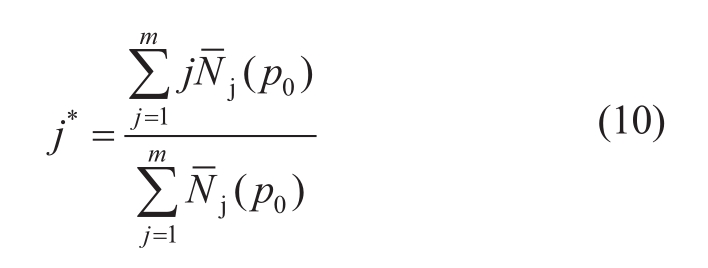
wherej*represents the level-variable eigenvalue ofP0.The attributive degree of the evaluated matter element tends to adjacent levels fromj*and can be judged from it.
4 Renewable energy development modes in Germany
4.1 Power grid development in Germany
The European interconnected power grid supports the rapid development and high-level utilization of renewable energy resources in Germany.By 2030,Germany’s renewable energy development will also rely on its transnational interconnected power grid for consumption and resource allocation.Hence,this grid will be a major supporter of high-level utilization of renewable energy.
By the end of 2015,Germany had a total of 4 transmission companies and 817 distribution companies,with national transmission lines having a length of 1.187 million kilometers.From them,133,000 km correspond to high- and ultrahigh-voltage lines,and 1,684,000 km to lowvoltage lines.Nationwide,Germany has 50.3 million users,with 3.02 million nonresident and 47.28 million resident meters,most of them corresponding to civilian electricity meters[7-10].The Germany’s grid information is detailed in Table 1.
Table 1 Data of Germany’s grid structure in 2015

TSO,transmission system operator,DSO,distribution system operator
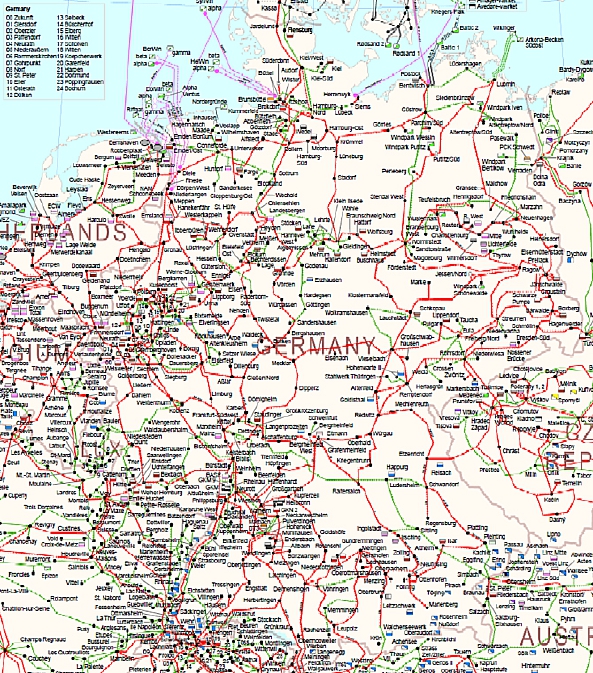
Fig.1 Domestic grid interconnection in Germany in 2015
These data show that the Germany’s power grid structure uses 380–400 kV transmission lines as network backbone and 220–275 kV transmission lines as support.In addition,distant wind power generated at the North Sea is retrieved to the mainland from the northern coast via a DC transmission system.The Ruhr district,a traditional industrial cluster,and the Baden-Württemberg state in the southwestern part of the country have the most developed industries and businesses,and the distribution of power grids in these areas is more intensive than in the rest of the country[11,12].Fig.1 details the interconnected system in Germany.
Nine countries border Germany,namely,Denmark,Poland,the Czech Republic,Austria,Switzerland,France,Luxembourg,Belgium,and the Netherlands.Among these countries,transnational transmission networks consist mainly of 380–400 kV lines,with 220–285 kV lines serving as ancillary.A total of 28 and 31 transmission lines have voltage levels of 380–400 kV and 220–285 kV,respectively.Fig.2 illustrates the multinational interconnection across the Germany border.

Fig.2 Germany’s multinational power grid interconnection
4.2 Photovoltaic power generation development
Using influencing factors and according to relevant statistics,about 70% of the photovoltaic capacity (below 100 kW)is connected to the low-voltage distribution network,whereas 25% of it is connected to medium-voltage power grid (usually 35 kV).A detailed chart of the capacity and its connection is shown in Fig.3.Therefore,approximately 95% of the photovoltaic power generation in Germany is distributed,whereas a small fraction that is connected to the medium-voltage grid corresponds to a centralized photovoltaic power plant,with capacity above 1000 KW and constructed as a ground power plant.Limited access to detailed data prevents a deeper analysis of capacity[13-15].

Fig.3 Germany installed capacity of photovoltaic power generation according to voltage levels over the grid
4.3 Wind power generation development
Wind power projects are mostly concentrated in the north of Germany.All the offshore wind power in Germany is connected to 110 kV and higher voltage levels.Still,no detailed information about access voltage level and installed capacity of onshore wind power projects is available.Therefore,the first two characteristics of distributed development cannot be used for analysis of onshore wind power in Germany.
Inland areas in Germany contain wind power installed capacity over 16 federal states and local load.Considering local nonrenewable energy power generation,except for local average load,centralized wind power is adopted,as expressed in Equation (11).
CUC-windis the centralized wind power capacity in Germany,Cwindis the local wind power capacity in the federal states,ρwindis the wind power capacity coefficient(considered as 0.2),Cnonrenewableis the generating capacity for nonrenewable energy sources in the federal states,ρnonrenewableis the nonrenewable energy generation capacity(considered as 0.6),andPloadis the local average load among federal states.
In addition,the northern offshore wind power plant in Germany is connected to voltage levels of 110 kV and above,with installed capacity exceeding 10 MW.Therefore,all the onshore wind power plants are centralized.The installed power plants in various federal states are shown in Fig.4.
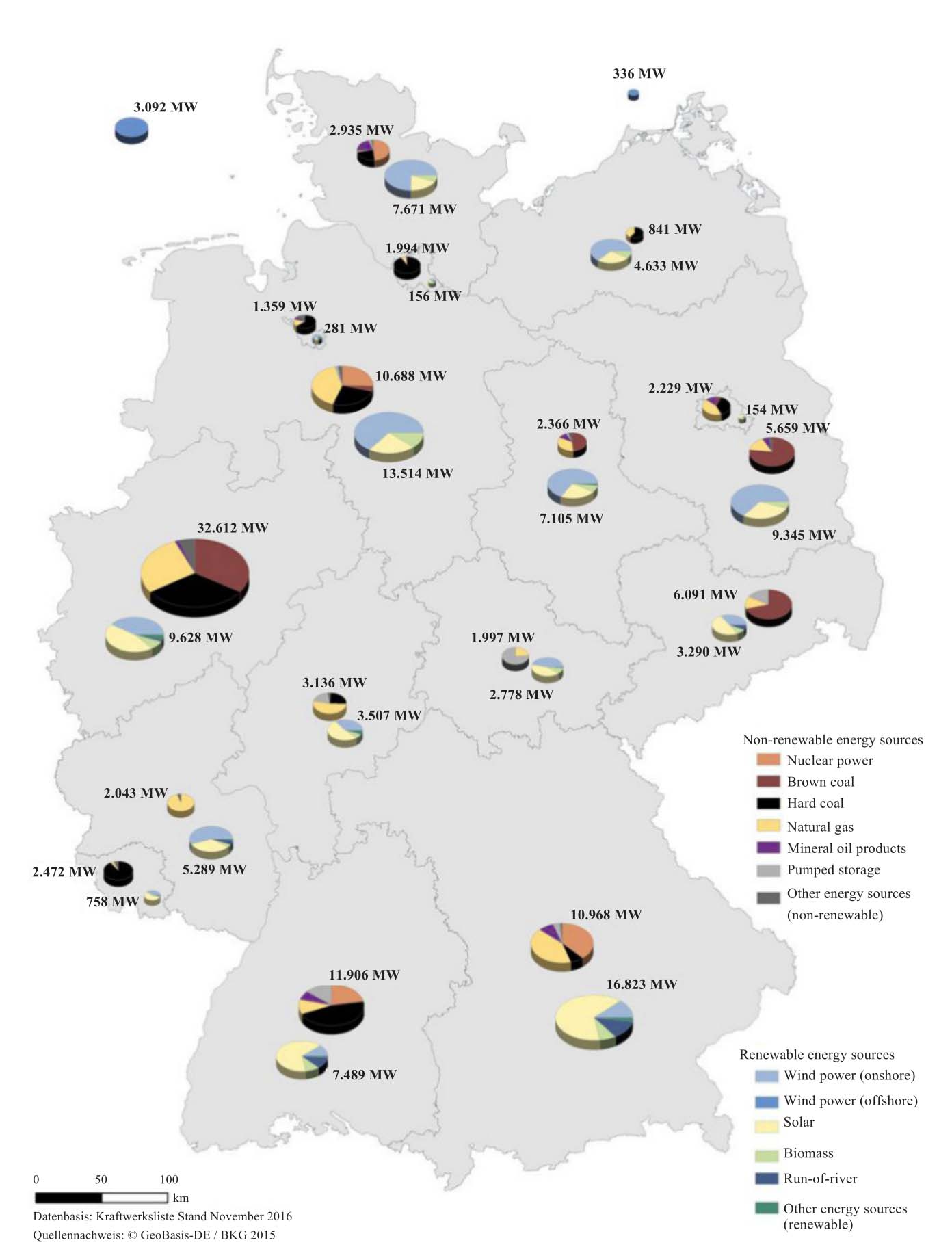
Fig.4 Distribution of power supply capacity in Germany
Table 2 Estimated size of wind power installed in 16 federal states of Germany

Continue

According to the installed power and Equation (11),we calculated the scale of installed wind power plants in the 16 federal states of Germany,and the corresponding results are listed in Table 2.According to these results,about 2.29 million kilowatts onshore and 4.13 million kilowatts offshore wind power plants in Germany are centralized.Hence,7.09 GW of wind power generation is centralized,accounting for 14.3% of the total installed capacity of wind power plants.Therefore,approximately 85% of the total installed capacity of wind power plants have been developed following the distributed mode.
4.4 Overall renewable energy development mode in Germany
Renewable energy development in Germany is dominated by the distributed mode,with distributed photovoltaic power generation accounting for over 95% and distributed wind power generation accounting for over 85%of the total generation from their respective sources.
The largest proportion of renewable energy in Germany is concentrated in the northern states and the North Sea and Baltic sea,which are away from the main load centers in the south.All the northern offshore wind generation is centralized.Likewise,in northern states,the development of wind power is centralized and cannot be distributed,as centralized development is more convenient given the available wind resources.In contrast,solar energy in southern Germany is abundant and close to the load centers,and hence it is mostly distributed and mainly used with high permeability access in nearby areas.
5 Conclusion
From the definitions of distributed power sources provided by 18 representative countries and organizations,we determined three basic characteristics of distributed power sources:VDG≤ 35 kV,CDG≤ 10 MW,andCDG/Pload≤ 1.An empirical analysis shows that Germany’s renewable energy development is mostly distributed.Still,as most wind resources are away from the southern load centers in Germany,the northern offshore wind power generation is centralized.In contrast,solar energy in southern Germany is abundant and close to the load centers,and hence it is mostly developed following the distributed mode.Overall,over 95% of photovoltaic power generation is distributed,as well as over 85% of the wind power generation in Germany.We consider that both centralized and distributed development should be promoted in China.Specifically,local governments should actively support the distributed generation of renewable energy in the central and eastern China and provide incentives for renewable energy development in severely restricted power areas.The central government should promote the centralized development model in the Northwest China.The governments should coordinate the development and consumption of renewable energy power.
Appendix A
Table A1 Definitions of distributed generation in different countries and organizations

Acknowledgements
This work was supported by National Natural Science Foundation of China (No.U1766201);the State Grid Science and Technology Project (Title:Research on China’s New Energy Resources &Development Roadmap).
References
[1] Zeng M,Liu X,Li Y et al (2014)Review of renewable energy investment and financing in China:status,mode,issues and countermeasures.Renewable &Sustainable Energy Reviews,31(2):23-37
[2] Jia F L,Liu Y Z (2012)Study on the mode of the renewable energy utilization under the low carbon economy.Chinese Agricultural Mechanization,2012(1):75-79 (in Chinese)
[3] Kang L,Guo H,Wu J et al (2010)Characteristics of distributed generation system and related research issues caused by connecting it to power system.Power System Technology,34(11):43-47
[4] Dugan R C,Mcdermott T E (2011)Distributed generation.IEEE Industry Applications Magazine,8(2):19-25
[5] Burns J M,Burns T W (2010)Centralized Renewable Energy System with Fractional Ownership and a Method of Disaggregated Net Metering of its Renewable Energy Output Among Utility Customers Who Are Fractional Owners.US Patent US20100293045
[6] Condon J,Day B,Crisler S (2015)University of Nebraska-Lincoln’s Nebraska Innovation Campus (NIC)Centralized Renewable Energy System (CRES).Proceedings of the Water Environment Federation,2015
[7] Zhang O,Yu S,Liu P (2015)Development mode for renewable energy power in China:Electricity pool and distributed generation units.Renewable &Sustainable Energy Reviews,2015,44:657-668
[8] An electricity grid for the energy transition.http://www.bmwi.de/Redaktion/EN/Dossier/grids-grid-expansion.html
[9] Map of power plants in Germany.https://www.energy-charts.de/osm.htm
[10] International Energy Agency—Photovoltaic Power Systems Programme.http://www.iea-pvps.org/
[11] Wu Y,Lau V K N,Tsang D H K et al (2017)Optimal Energy Scheduling for Residential Smart Grid With Centralized Renewable Energy Source.IEEE Systems Journal,8(2):562-576
[12] Wolfe M H (1990)The Potential For Centralized Renewable Energy Developments In India.In:Energy Conversion Engineering Conference,1990.Iecec-90.Proceedings of the Intersociety.IEEE,1990:369-374
[13] Arikan A,Jin R,Wang B et al (2015)Optimal centralized renewable energy transfer scheduling for electrical vehicles.In:IEEE International Conference on Smart Grid Communications.IEEE,2015:247-252
[14] Dakkak M,Hirata A,Muhida R et al (2003)Operation strategy of residential centralized photovoltaic system in remote areas.Renewable Energy,8(7):997-1012
[15] Panguloori R B,Mishra P R (2014)Analysis on system sizing and secondary benefits of centralized PV street lighting system.In:Power and Energy Systems Conference:Towards Sustainable Energy.IEEE,2014:1-6
zedong-zhang@ geidco.org 2096-5117/© 2019 Global Energy Interconnection Development and Cooperation Organization.Production and hosting by Elsevier B.V.on behalf of KeAi Communications Co.,Ltd.This is an open access article under the CC BY-NC-ND license (http://creativecommons.org/licenses/by-nc-nd/4.0/ ).
Zedong Zhang
Shan-xu@ geidco.org
Shan Xu
wei-sun@geidco.org
Wei Sun
wangxiaolu@sgeri.sgcc.com.cn
Xiaolu Wang
linana@sgeri.sgcc.com.cn
Nana Li
Received:3 March 2018/ Accepted:25 April 2018/ Published:25 December 2018
Biographies
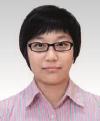
Xiaolu Wangreceived her master degree in energy management from the North China Electric Power University.She is currently working at the State Grid Energy Research Institute Co.,Ltd.Her research interests include LCOE analysis of renewable energy and renewable energy technology economics.

Nana Lireceived her Ph.D.degree in energy management from the North China Electric Power University.She is currently working at the State Grid Energy Research Institute Co.,Ltd.Her research interests include renewable energy policies and renewable energy technology economics.
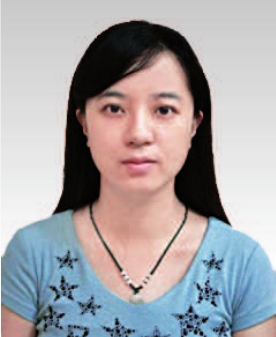
Wei Sunreceived her Ph.D.degree from the China University of Mining and Technology.She is currently working at the Global Energy Interconnection Development and Cooperation Organization (GEIDCO).Her research interests include clean energy resources,wind turbine and PV modeling and control,and VSC-HVDC and MTDC grid operation and control.
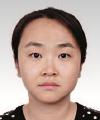
Shan Xuis graduated from the Tsinghua University and is currently working at the Global Energy Interconnection Development and Cooperation Organization (GEIDCO).Her research interests include benefit–cost analyses,renewable energy technology and asset management.
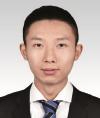
Zedong Zhangreceived his Ph.D.degree in electrical engineering from the University of Manchester,Manchester,U.K.He is currently working at the Global Energy Interconnection Development and Cooperation Organization(GEIDCO).His research interests include clean energy resources,clean power generation,and active network management.
(Editor Ya Gao)
